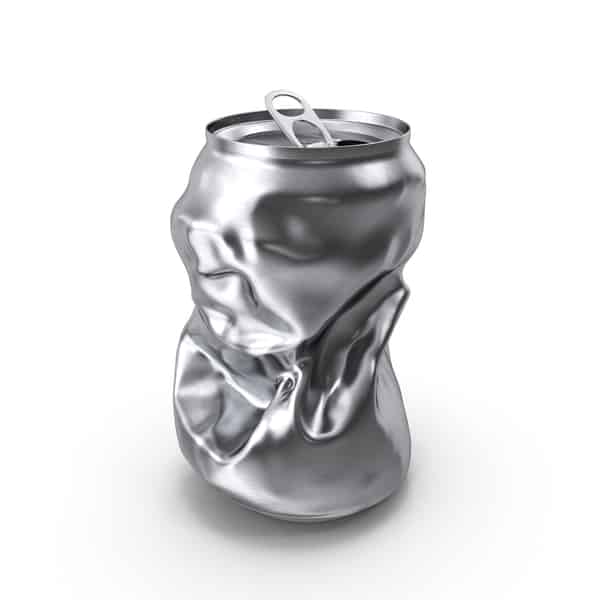
Pushing Down
This is the second post taken from the mind of Nicole Uno. It is a continuation of the first, explaining Rotational Organization.
For the most part, we are floating. Skating and tip-toeing off the ground because we can. We have learned that it will support us regardless of how we tread, so stepping lightly has become our default. It is easier and reflexive, and our bodies thrive on the laziest forms of efficiency.
Think about the work of walking through sand. The soft surface, void of regular push off points and stability, is analogous to body structure. Instead of stacking and aligning force along a vertical line, there is an adjustment of levers to propel the body forward. Joints are positioned in front, behind, or to the side of the pull of gravity. As a result, segments become dysfunctional — compensating to maintain their misaligned position rather than act as a systematic kinetic recycler.
The downward pressure of superior bodies allows for shifts to stay put. Without the weight of the pelvis, for example, the right leg would collapse under its own false arrangement:
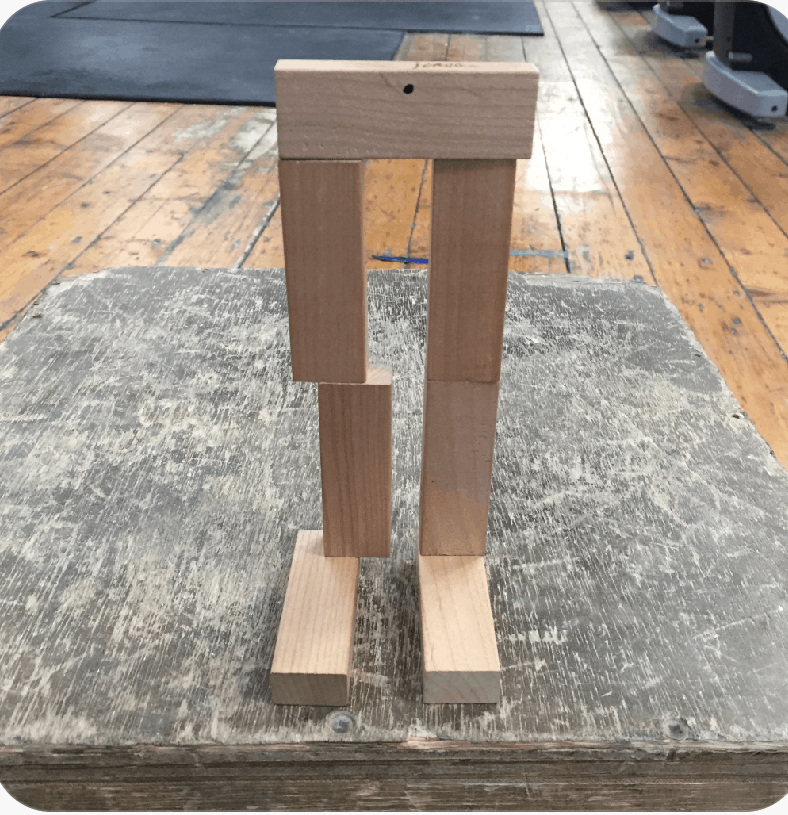
Rotationally, we see this indemnity all the time:
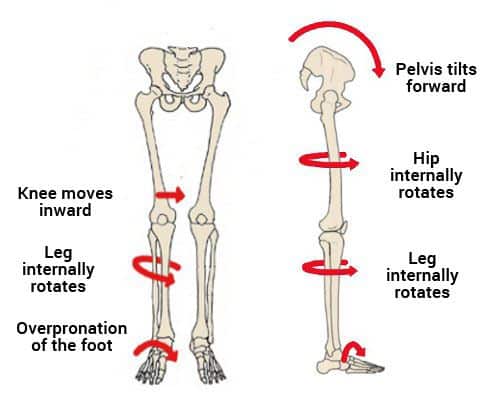
Though the problem has been well documented, the solution of simply pressing down through the effected side is hardly mentioned or talked about.
Consider any lower body part you have seriously injured. (The legs are the limbs most connected to the ground and needed to hold us up). The behavioral adaptation is to limp. Limping is lightening. Depending on the severity of your injury, that lack of trust continued for weeks, months, or even years. Your gait pattern changed. This new ‘plant with good side-swing-with-bad-side’ technique became your new normal. It adjusted the mechanics of everything up the chain.
For me, it was my left knee. My guess is that it is more than coincidental that I have trouble keeping that hip down:
Furthermore, when I sit, I lean to the right, continuing the right hip/side equal support wiring. (I found this particularly telling when driving long distances). Awareness has lead to behavioral disruption, and the surprise of clearing up the usually aggravating shin box with a single adjustment:
The tilt of the pelvis directly correlates in one’s ability to press down through it. Roll the tailbone up and back (anterior tilt) OR down and forward (posterior tilt) and the rotation prohibits directing any force through it. (Feel free to try it as you read this).
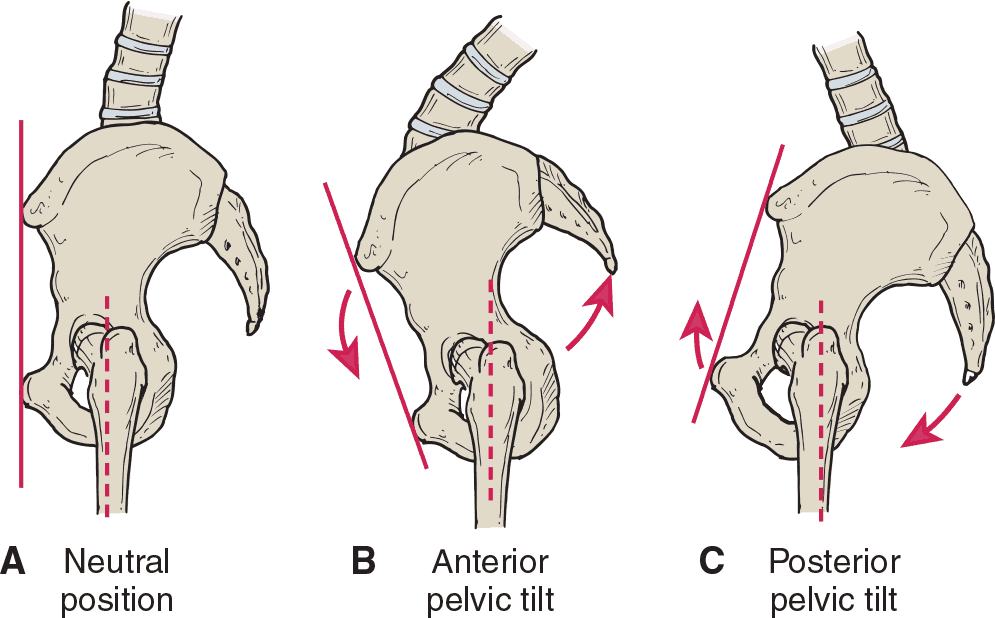
When the correct press down happens, you will feel a buoyant tension between your ribs and the pelvis. This sweet spot connects your upper and lower halves and is responsible for transferring energy and elasticity throughout the entire body. Notice the position of the knees and the sink of the rib cage in the following squat. Without the lateral spread, the belly functions as a compressed slinky ready to spring back into expansion.
Pressing down creates length upward. Pushing down through your heel lifts the ribs. Just like the collapsed arch of the overpronated foot creates a chain like rotational effect up the chain, a closed shoulder, rotated shoulder, or tilted pelvis can create dysfunction down the chain. Climbing (an action when the arms are asked to press down or hold up) has illuminated left-right disparity top down as well as bottom up.
The quadruped position exposes the often poor relationship between the limbs and the spine. When doing cat-cows, for instance, people tend to ‘hang out’ on their hips and shoulders. The spine moves from the middle even when performing waves that start at either head or tail. Flexion most naturally happens when the hands and knees press down, and extension when they lessen or sink into the floor.
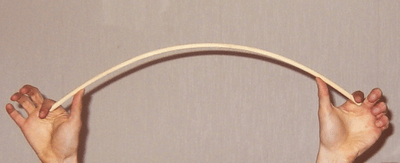
A final assessment of whether or not each limb can function as a force producer is the Quadruped 1″ Punch. Without shifting the rest of the body, can each quadrant deliver a quick burst into a soft surface without an unwanted rippling elsewhere?
Sequence shown is right arm, right leg, left arm, left leg. Notice the comparative unsteadiness of the left side, particularly the left hip.
The ability to press down is a telling task. It reveals flaws in structure, function, and organization. Applying pressure to a limb with issue can be helpful in finding the proper stacked alignment that will alleviate said issue. The thin aluminum of a tin can doesn’t seem like it should support your body weight, but when pressed upon with linear integrity, it holds firm. There is an intelligence in simplicity that makes the complex and dynamic wonderfully relatable. It allows the act, as well as the system performing it, to be thoroughly examined and understood.



